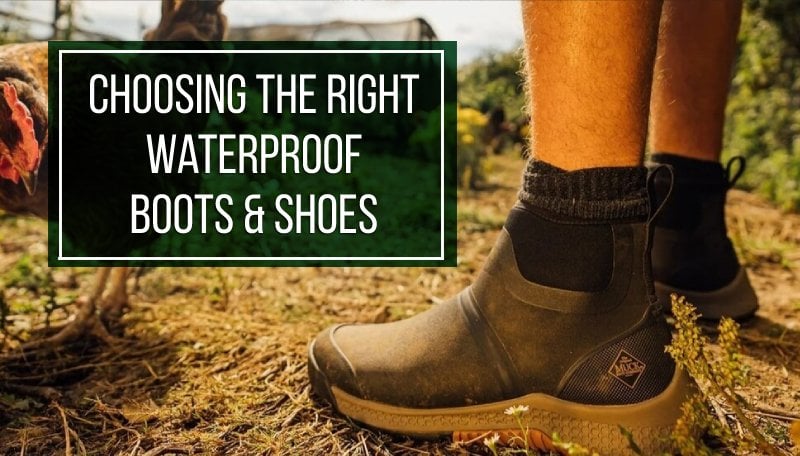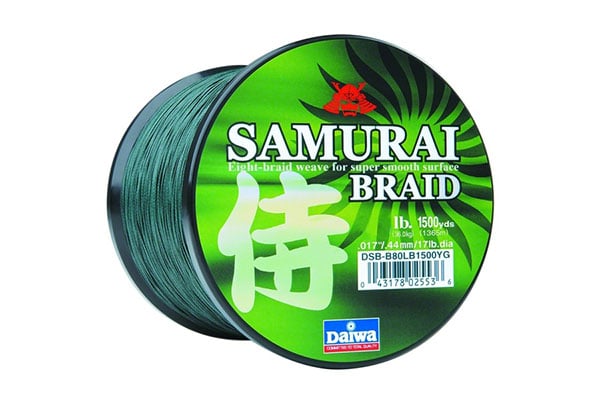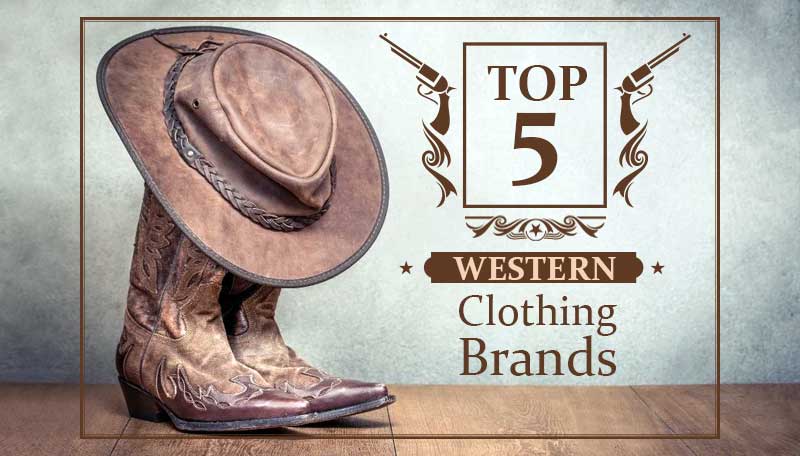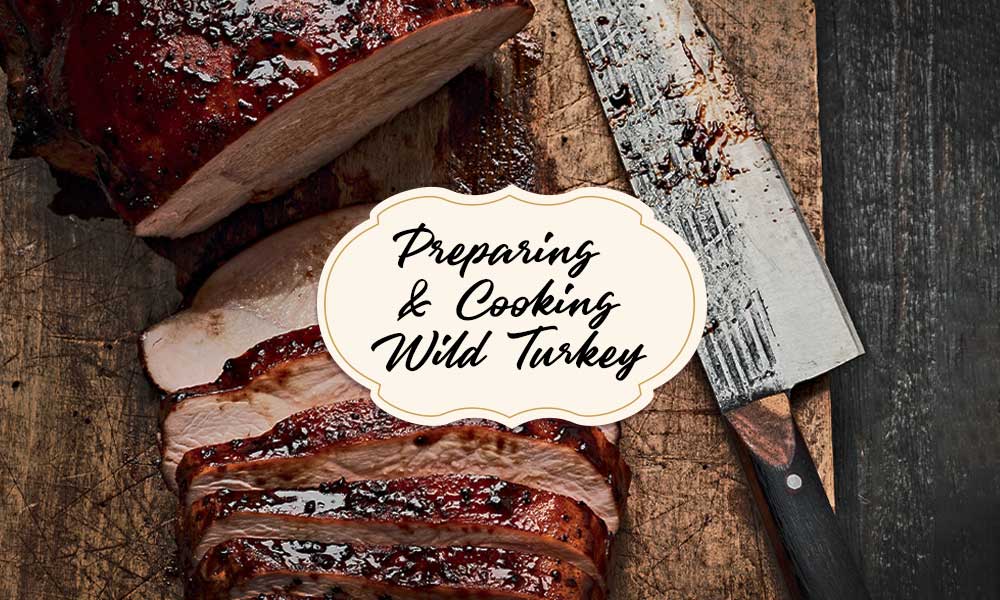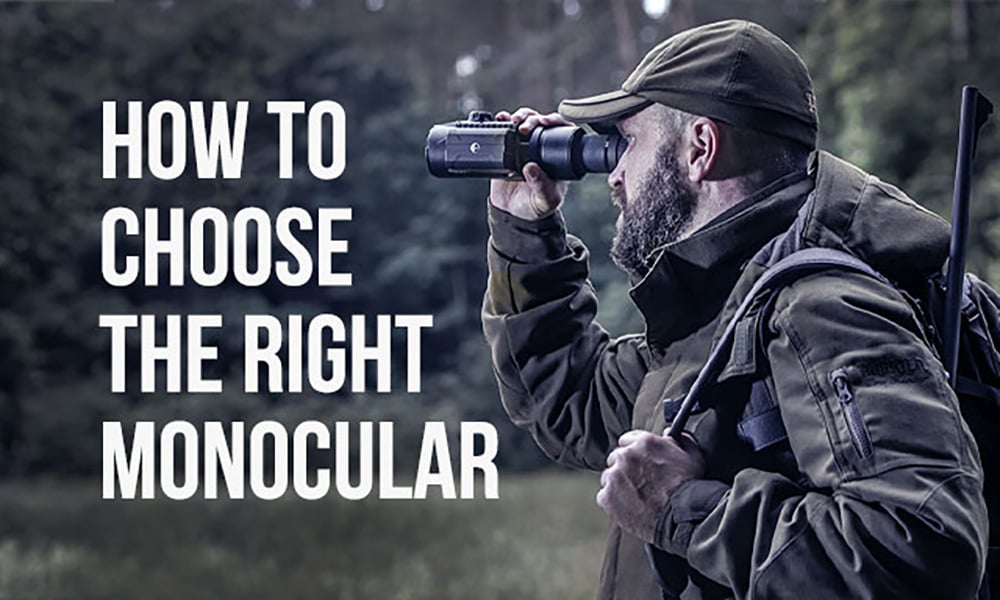Are waterproof socks worth it? And how do they stack up against classic wool socks? Here, we provide the benefits of membrane socks as well as break down the downsides while explaining how to compensate for them with the right layering and usage techniques.
What Are Waterproof Socks?
Waterproof socks are designed with a membrane intended to block external moisture from reaching your feet. Most models, like the popular Sealskinz socks, have three layers:
- Outer Layer: Made of thick knit treated with DWR.
- Waterproof Membrane: Core feature that prevents water penetration (can be Gore-Tex or a similar technology)
- Inner Layer: Typically lined with wool or synthetic fabrics for comfort and moisture-wicking.
So, waterproof socks have an impermeable membrane sandwiched between layers of fabric that blocks out water unless it enters from above the sock’s cuff or builds up inside in the form of sweat. Plus, being porous, the membrane doesn’t hold up against hard water pressure.
While many membrane socks are also marketed as “breathable,” this feature can vary in effectiveness. Breathability refers to the ability to allow sweat vapor to escape without letting water in. However, in extreme conditions, this balance can be tricky to maintain.
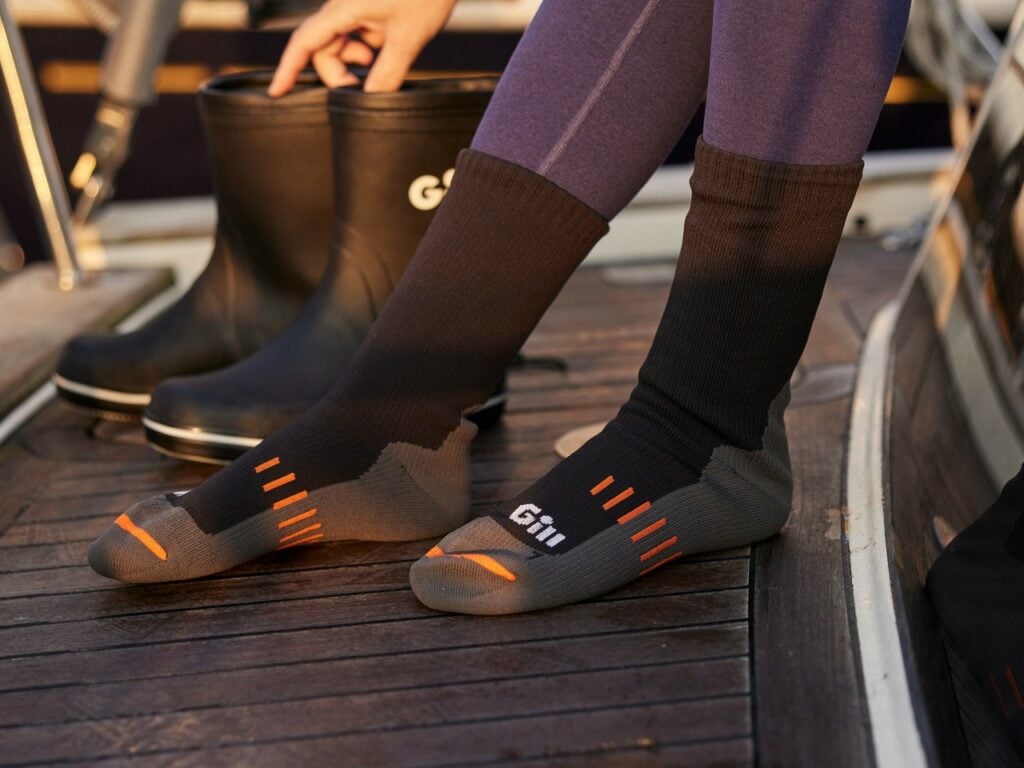
Why Buy Waterproof Socks
If you’re wondering whether goretex socks are worth the investment, here’s the short answer: yes, they can be—if used for the right activities and conditions, like winter cycling, hiking through wet grass, trudging through cold puddles, or tackling generally cold and damp weather.
They Keep Your Feet Dry
This one’s a no-brainer – waterproof socks are the best at resisting incoming water, keeping your feet dry… well, at least for a certain period. This can be highly beneficial during intermittent water exposure, such as shallow stream crossings, snow treks, or sudden downpours.
They Keep You Warm
Even if water manages to seep into your boots, waterproof socks can still help keep your feet warm. While merino wool socks are famous for retaining warmth even when wet, Gore-Tex and other waterproof membranes often feel even warmer. This isn’t necessarily by design—it’s more of a bonus (we’ll explain why in a bit).
Additionally, waterproof socks may feature merino wool liners, which will not only further insulate your feet but also slightly improve moisture management and odor resistance, since wool is naturally odor-resistant.
They Protect Against Hard Elements
Unlike regular socks that might stretch and allow fine debris to penetrate, goretex socks hold their structure better, preventing grit and sand from entering. This way, weatherproof socks reduce friction, which otherwise could lead to blisters, making them ideal for environments with boggy or muddy paths.
High-quality waterproof socks like Sealskinz and DexShell might feature padded heels and soles to make them even more comfortable to wear.
They Are a Great Emergency Backup
Waterproof socks are a lifesaver as an emergency backup, especially if you’re wearing trail runners or other breathable, drainable footwear. They’re compact and easy to pack, making them a smart addition to your gear for hikes or cycling trips. If the weather takes a turn for the worse, having a pair on hand can save your day.

GILL Graphite Waterproof Socks
$44.95
Price accurate at time of writing
Specs:
- Worn with boots or trainers
- Ideal for occasions when you expect to tackle low to medium levels of water
- Fabric composition: Outer: 80% Nylon, 20% Elastane. Inner: 50% Merino, 50% Acrylic
- Cushioned construction throughout
- Smooth toe seam for comfort
Disadvantages of Waterproof Socks
Even when used correctly, waterproof socks come with some limitations you should be aware of.
Moisture Management
One of the biggest complaints about waterproof socks is their poor ability to manage internal moisture. The same waterproof barrier that keeps outside water from getting in also restricts sweat and internal moisture from escaping.
So, how does moisture end up inside waterproof socks? First, sweat builds up due to the limited breathability of the membrane, which prevents it from evaporating quickly. So, after hours of activity, even though the socks themselves have technically performed their waterproof function, your feet might be wet from sweat. Additionally, while waterproof membranes are effective against external moisture, they’re not completely impermeable. Over time, water can seep in through wear-and-tear leaks or over the cuff.
Drying waterproof socks is another challenge. Unlike regular wool or synthetic socks, their multi-layer design means they take much longer to dry. If you don’t swap out wet socks for dry ones in time, prolonged exposure to moisture can soften your skin, increasing the risk of blisters.
You might think, “Well, wet warm feet are better than wet cold feet,” and that’s true—to an extent. The warmth waterproof socks provide when wet is more of a compromise than a true benefit. Here’s why: the reason they keep your feet warm is that they block sweat evaporation, which is how your body naturally regulates temperature.
For those doing activities in cold weather, this “feature” can be a lifesaver. But for higher-intensity activities or warmer conditions, it can quickly become a dealbreaker, leaving your feet uncomfortably damp and overheated.
Fit & Comfort Issues
When compared to regular hiking socks—whether wool or synthetic—waterproof socks often feel bulkier and less comfortable due to their stiff, multi-layered construction. This results in a somewhat rubbery, boxy feel.
Getting the right fit can also be tricky. The material doesn’t conform well to the shape of your foot, which can lead to blisters and hotspots during extended use.
Now, let’s take a step back. While waterproof socks do keep your feet warm when wet, they can also create a clammy, damp environment that many hikers find more uncomfortable than simply having wet feet in breathable socks. Combine that trapped moisture with the stiffness of the material, and it’s easy to see why some people compare the experience to walking with padded plastic bags on your feet.
Another common issue is tightness around the cuffs. Waterproof socks are designed with snug cuffs to prevent water from seeping in, but this can feel overly constrictive—especially for those with wider calves or ankles. While the design serves a purpose, the tight grip can be uncomfortable for some adventurers.
Durability
Despite being sturdy, the waterproof membrane in socks is still prone to wear and tear. Abrasive terrain, sand, and improper washing techniques often shorten their lifespan.
Additionally, wrong sizing may result in reduced durability. Poorly fitting waterproof socks are more prone to developing holes or wear spots. Actually, users frequently blame improper sizing for reducing the lifespan of these socks, which already come with a steep price tag. And once the membrane gets damaged, the socks lose much of their waterproof protection, making them far less effective.
High Cost
High-quality waterproof socks often cost two to three times more than standard hiking socks. When you factor in their limitations and relatively short lifespan, they may not offer the best value for everyone—especially for casual hikers or those who don’t frequently face wet or extreme conditions.

GILL Waterproof Boot Graphite Sock
$59.95
Price accurate at time of writing
Specs:
- Elongated for wear with boots
- Ideal for occasions when you expect to tackle low to medium levels of water
- Fabric composition: Outer: 80% Nylon, 20% Elastane. Inner: 50% Merino, 50% Acrylic
- Cushioned construction throughout
- Smooth toe seam for comfort
Waterproof Socks vs. Wool Socks
For many outdoor enthusiasts, traditional merino wool socks still come out on top thanks to their well-balanced feature set. Like waterproof socks, wool retains warmth when wet—but in this case, it’s an inherent feature, not just a side effect, and thus feels nicer.
Wool also offers natural breathability, allowing internal moisture to evaporate much faster than a waterproof membrane. This means that when paired with drainable shoes, wool socks have a better chance of drying out while you’re on the move—though, of course, this depends on the conditions. Modern wool socks, like those from Smartwool or Darn Tough, are also impressively thin, lightweight, and naturally odor-resistant, making them a versatile choice for a variety of activities.
So, does this mean waterproof socks are useless? Absolutely not! Waterproof socks are highly specialized gear that can be a game-changer in the right situations. The key is knowing when and how to use them effectively.

CEP Women's Hiking Stonegrey/Grey Merino Socks
$54.95
Price accurate at time of writing
Specs:
- Medi compression optimizes the supply of nutrients to your muscles for noticeably lighter legs and a feel-good effect
- Padded zones cushion your step and ensure a non-slip fit with medi compression
- Deep sensory stimulation stabilizes your joints for greater accuracy
- Material: 66% polyamide, 23% wool (merino), 11% spandex
How to Use Waterproof Socks Effectively
Understand Their Limitations
You need to understand that waterproofing isn’t magic. It’s a feature, and it’s quite special in nature, and something special often entails special gains alongside considerable tradeoffs. But that just means they’re best suited for specific applications, like any niche product.
To get the most out of waterproof socks, it’s important to embrace their limitations. Use them strategically—for short treks, emergencies, or in conditions where keeping your feet warm and dry is absolutely essential.
Pair with the Right Footwear
Avoid wearing waterproof socks with non-drainable boots unless you’re in a low-activity, cold-weather scenario. Water pooling inside your footwear defeats the purpose of waterproof socks entirely. Instead, pair them with properly draining trail runners or breathable hiking shoes for the best results.
For added comfort and functionality, consider wearing thin liner socks underneath your waterproof socks. Liners help reduce friction, reduce sweat buildup, and make cleanup easier by absorbing grime that would otherwise dirty the waterproof socks.
Dry Thoroughly Between Uses
If your waterproof socks get wet, take the time to air them out during rest stops. Turn them inside out to speed up drying, and hang them in warm, breezy environments whenever possible.
Ensure Proper Fit
A snug fit is essential when dealing with waterproof socks. Size up if pairing with thick liners, or downsize to ensure no gaps if wearing solo. Poor fit increases the risk of blisters.
Choose the Right Activity
Remember, weatherproof socks aren’t designed for all-round performance – they are great for specific scenarios:
Short-term wet conditions: Waterproof socks are excellent for cold, snowy terrains or short treks involving water crossings. Specifically for cold weather adventures, these socks also add an insulating layer (wear wool socks underneath), and even if some water creeps in, your feet are likely to remain warm.
Emergency backup: Many adventurers carry waterproof socks as a backup. After a long, rainy day, slipping into dry, warm socks at camp can feel like a luxury.
Specialized use cases: For certain activities like winter trekking, kayaking, snowshoeing, or bog hopping, waterproof socks are a go-to.
WHEN NOT TO WEAR WATERPROOF SOCKS:
Prolonged damp weather or heavy rain: Membrane socks can’t deal with heavy water pressure. When exposed to moisture for too long, waterproof socks become waterlogged and bulky. Unlike wool socks, which dry relatively quickly, waterproof designs can remain damp for days in camp conditions.
Warm weather and high-output activities: If you’re in warm weather or undertaking high-intensity activities, like trail running, this clammy sensation sweaty membrane socks can give can make them more of a hassle.

GILL Black Neoprene Socks
$32.95
Price accurate at time of writing
Specs:
- 90% Neoprene / 10% Nylon
- Thermal Protection
- 4 way stretch
- 3mm neopene double lined for increased comfort
- Glued and blindstiched
- Silicon grip pattern on sole
No, waterproof socks and wading socks serve different purposes. Waterproof socks like Sealskinz use waterproof membranes (Gore-Tex or similar) designed to keep your feet dry in wet environments like rain, snow, or stream crossings. In contrast, wading socks, typically made of neoprene, are intended for water sports or situations where your feet are expected to be submerged for extended periods. They don’t keep your feet dry but do keep them warm by trapping a thin layer of water that acts as insulation.
The best waterproof socks depend on your needs and the conditions you’ll face. Popular options include Sealskinz all weather socks featuring merino wool for warmth and ArcticDry heavy-duty socks. If looking for more lightweight socks for sporting, consider DexShell.
Membrane waterproof socks are great for protecting against moderate water exposure, but they can trap sweat and take a long time to dry. Wool socks, on the other hand, won’t keep out external moisture, but they excel at staying warm when wet, while also being breathable and naturally odor-resistant. For freezing conditions and low-activity situations, waterproof socks are the better choice. For warmer weather or more active pursuits, merino wool socks are the way to go.
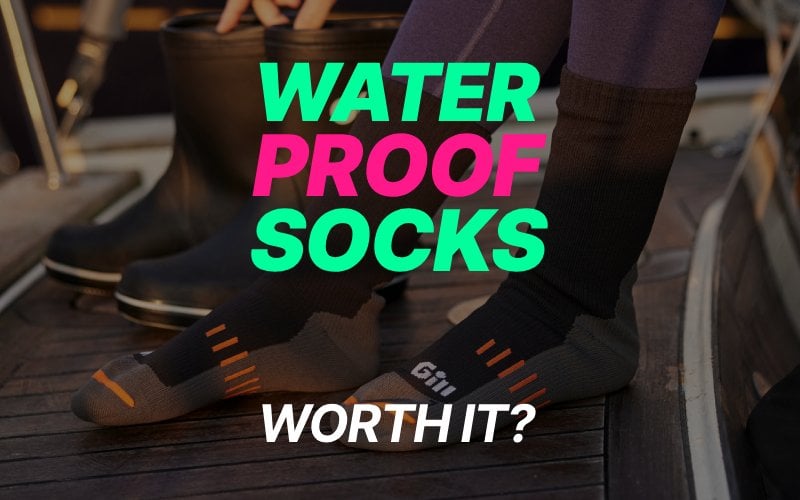
![Which Holosun Rifle Optic for My Setup? [2025 Guide] 7 holosun rifle optic lineup guide 2025](https://blog.gritroutdoors.com/wp-content/uploads/2025/03/holosun-rifle-optic-lineup-guide-380x220.jpg)

